Cape Gooseberries: The Plant that Fruits Year Round - Planting and Harvesting Seeds
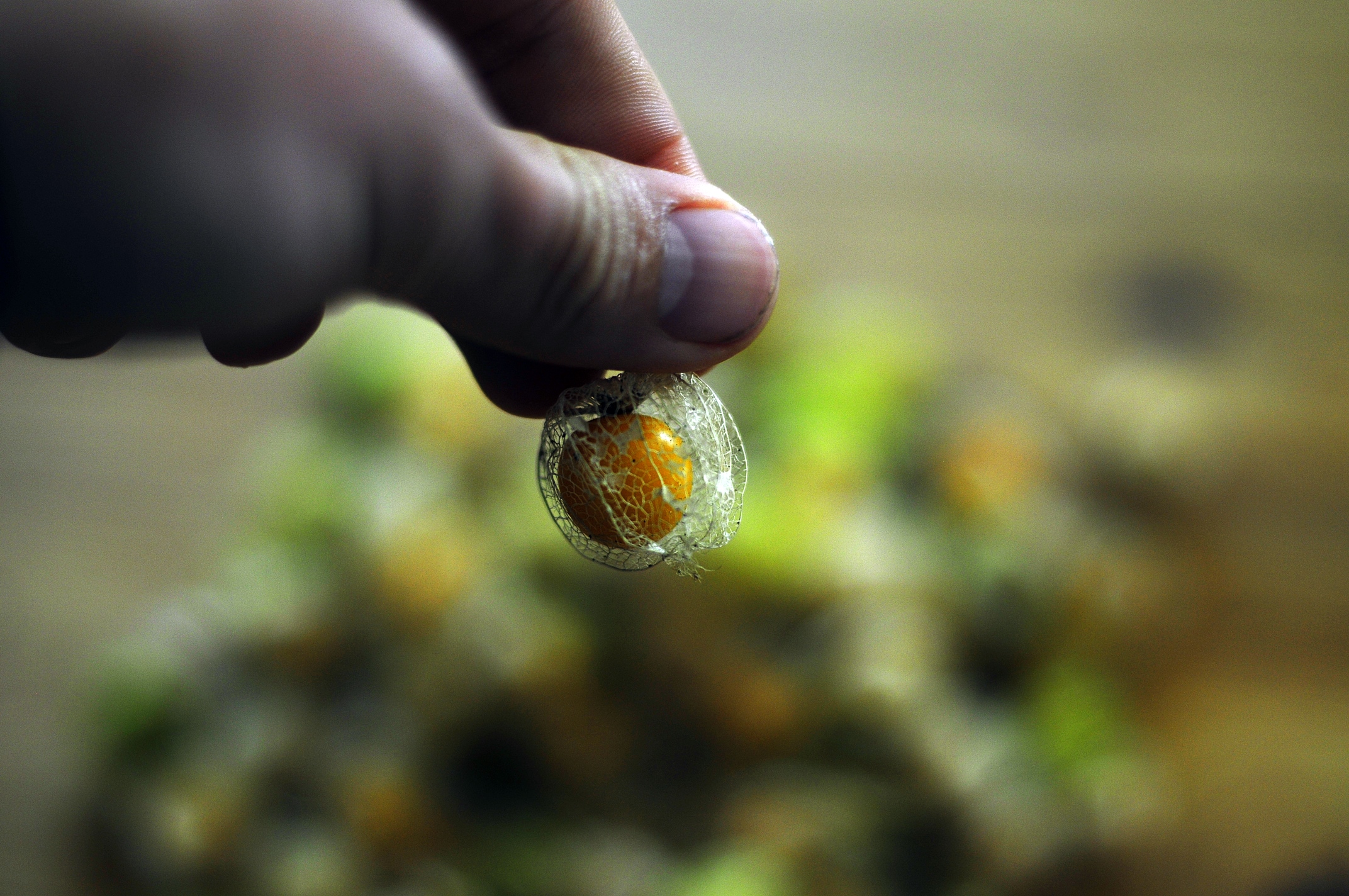
It is often said that we are what we eat. I think this statement rings even more true in modern times. We are bombarded with "natural" food wrapped in plastic and marketed as good for us. But we have, in some sense, lost touch with reality and nature. For most people, healthy and natural products are simply a separate aisle in the shop. It is simple food that is "not mass-produced". And this is in some sense better than eating said mass-produced food. That is, if you have the option between a carrot and a pack of chips, the carrot will look like the better option. But in philosophy, we will call this a false dichotomy. I think that we have lost touch with nature because of this false dichotomy, we have lost the third option: food that is grown locally, in season, and "as nature" has intended it. And this process is, I think, natural medicine in and of itself. If you have the means, seeing something grow, being part of the process and seeing what nature does, cannot be sold in the form of a mass-produced pill, not packaged in plastic and sold to you as a healthy food option.
Enter the Cape Gooseberry.

Eating Seasonally
Lately, I have been fascinated by the idea that our bodies adapted along with nature regarding the seasons. I have seen this first hand as a gardener and it has me boiling sometimes. I have tried to grow rocket/arugula out of season and it never works. But year-round you can find it in the supermarket, albeit a sad-looking product. Demand and supply I guess. But it had me questioning if we really needed rocket in the summer (as it grows in the winter here). Now I ask myself: does my body need it? Is it healthy to eat something that is out of season? Does food still play the role of medicine if I eat it not as nature has intended it to be? I think the jury is still out on this question, and the question might not be that much of interest to people. People often look at me funny when I tell them this. But I digress. Enter again the humble Cape Gooseberry.
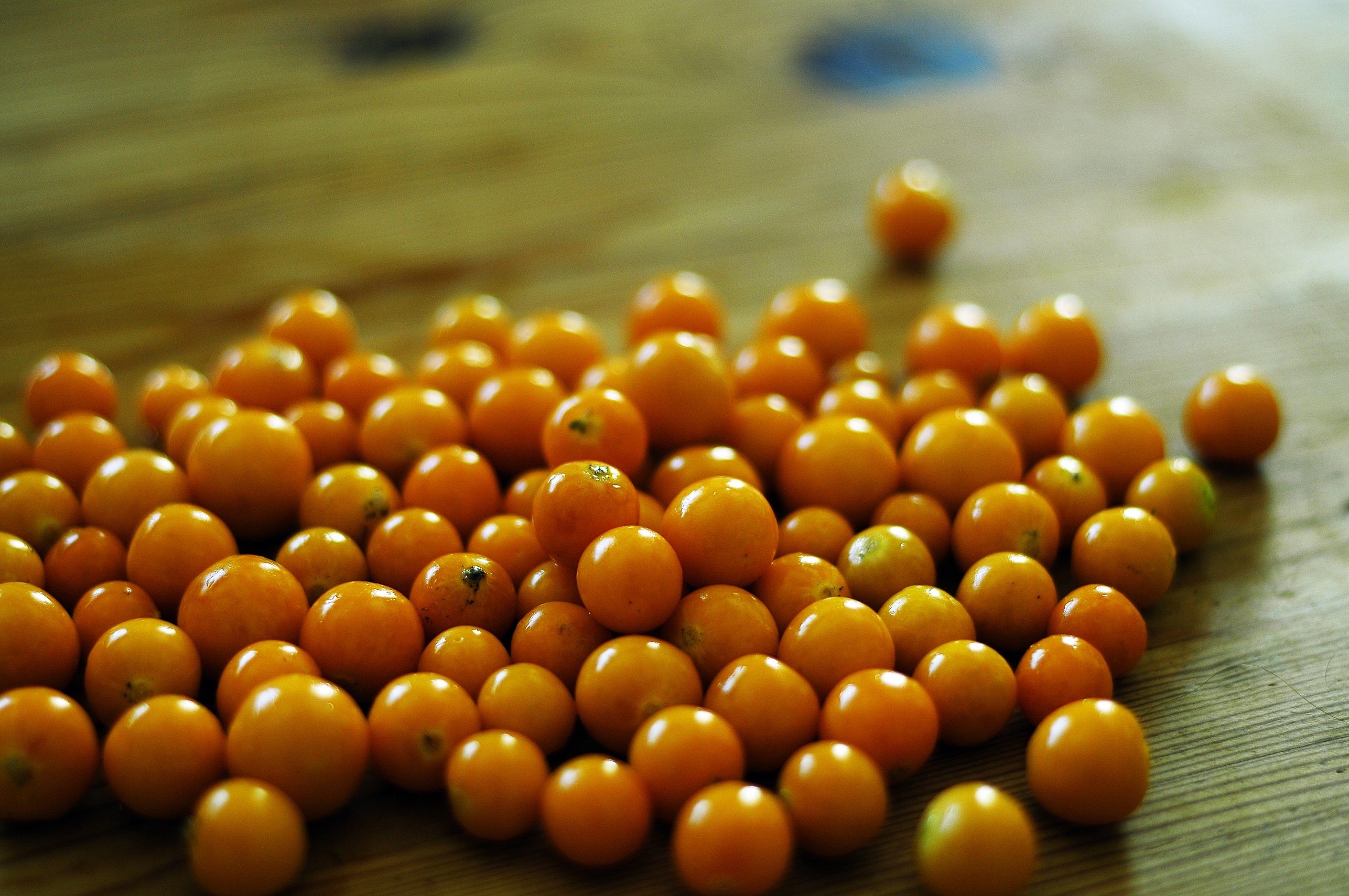
The Cape Gooserry: A Year-Round Fruiting Plant
The cape gooseberry or goldenberry (Physalis peruviana) is a simple-looking plant but its fruit packs a punch flavorwise. A flavor that is hard to describe, few people have enjoyed it either because it is too expensive or that it is not grown there. All parts of the plant is poisonous, and the unripe fruits are also poisonous. According to the Plants for a future website,
The fruit is rich in vitamin A (3000 I.U. of carotene per 100g), vitamin C and some of the B complex (thiamine, niacin and B12). The protein and phosphorus levels are exceptionally high for a fruit.
(Apparently, the fruit has vitamin B12 in it, I have heard this from more than one source, however, I have not found any studies confirming this information.)
The plant or shrub carries fruit throughout the year. This makes it an awesome plant to have when you follow the seasonality diet. I love this fruit because it has spread throughout my garden like a weed. So every time I am gardening and I find a fruit, it is like a snack straight from the source. I call them nature's candy because of their sweetness and size. If I get a good harvest, I eat them by the handful.

Back to where I started with the post. I know these berries are sometimes very expensive. And it is always so interesting to see that people sell them without the "cape" or the lantern husk. The fruit comes in this protective husk or cape and they are sold without it. In my own experience, the fruit spoils much faster without it. As soon as you take it out of the cape, the fruit spoils in two or three days. (That is if the fruit is at peak ripeness.)

But also, getting back our touch with nature, and the medicinal component thereof (mental health specifically), I find that growing your own food helps with reconnecting you. Planting a seed and seeing it grow into a plant, and then harvesting the plant or the fruit is the most satisfying thing and it helps you connect with nature. Recall the false dichotomy I mentioned. People either think there is unhealthy food or healthy food, and that food comes from the supermarket. What if healthy food actually consists out of food that we are connected with? What if healthy food is actually food we know the story of? I know that not all of us can grow our own food, but does that mean that we need to give the responsibility over to someone that does not necessarily have our best interest at heart? These are the type of questions I ask myself when I garden.
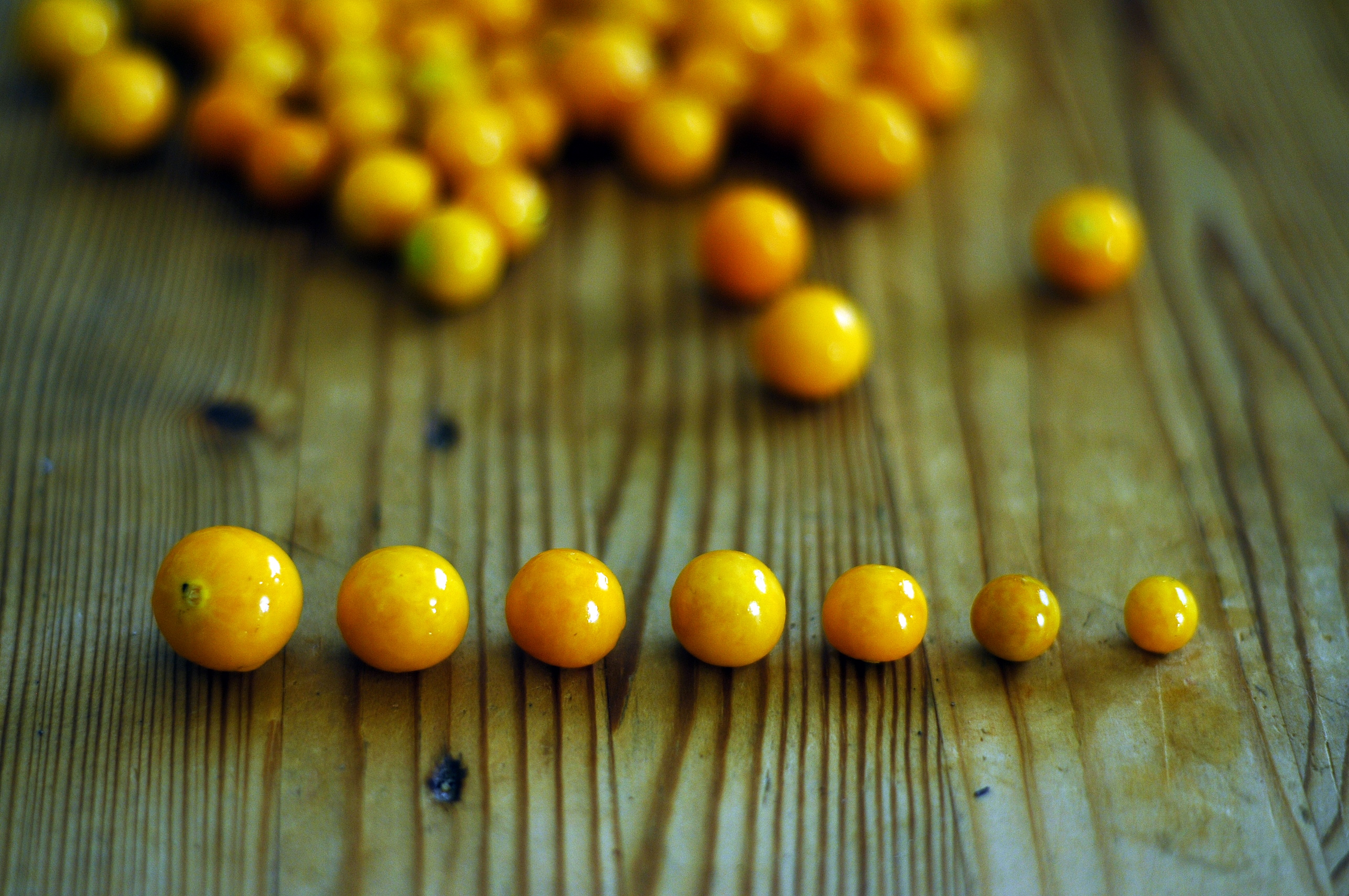
But let me pause the philosophical and political talk, and show you how I (i) harvest the fruit, (ii) save some of the seeds, and (iii) plant new plants.
Harvesting Cape Gooseberries
I think one of the other names for these berries is "ground berries/cherries". I can only speculate on this fact, but I think it has to do with the berries falling to the ground when they are ripe. I always pick them from the ground and never from the shrub or plant itself. When they fall to the ground still protected by the cape or lantern husk, they can be there for weeks. I think they are good for up to four weeks. I have found some where the husk has withered away, but the fruit is still good, and so sweet and good.
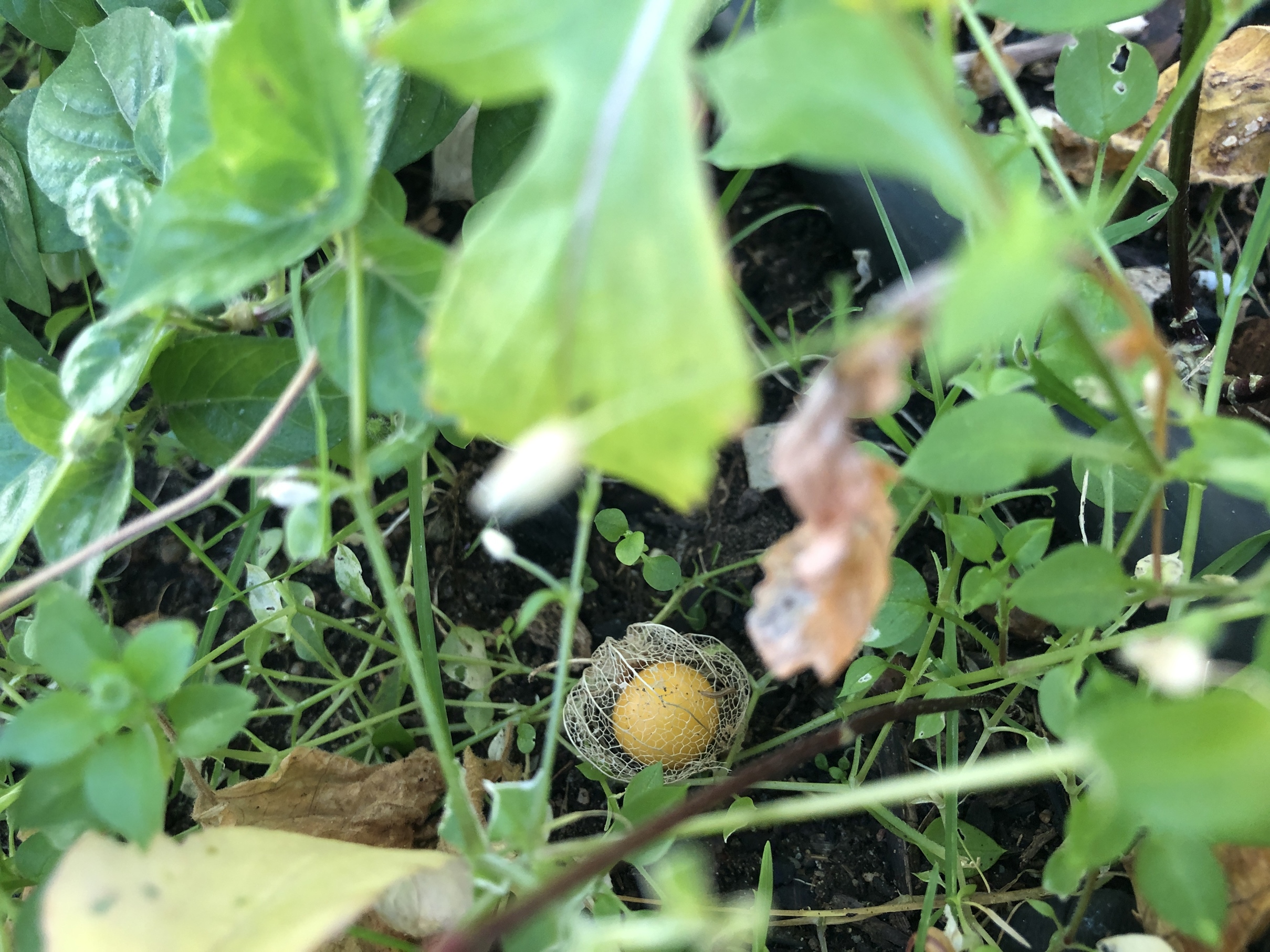
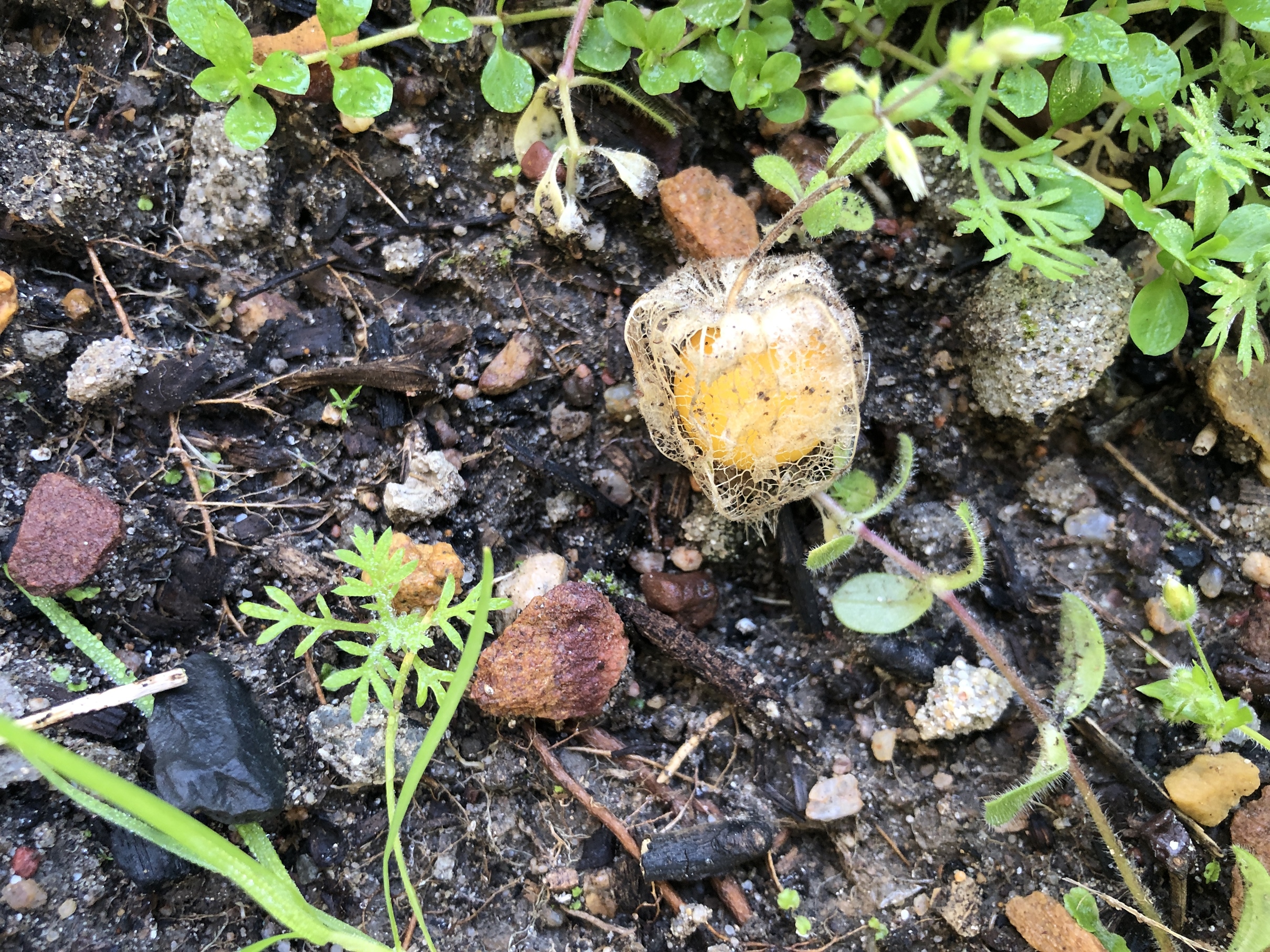
Here you can see that the husk has degraded but the fruit is still good.
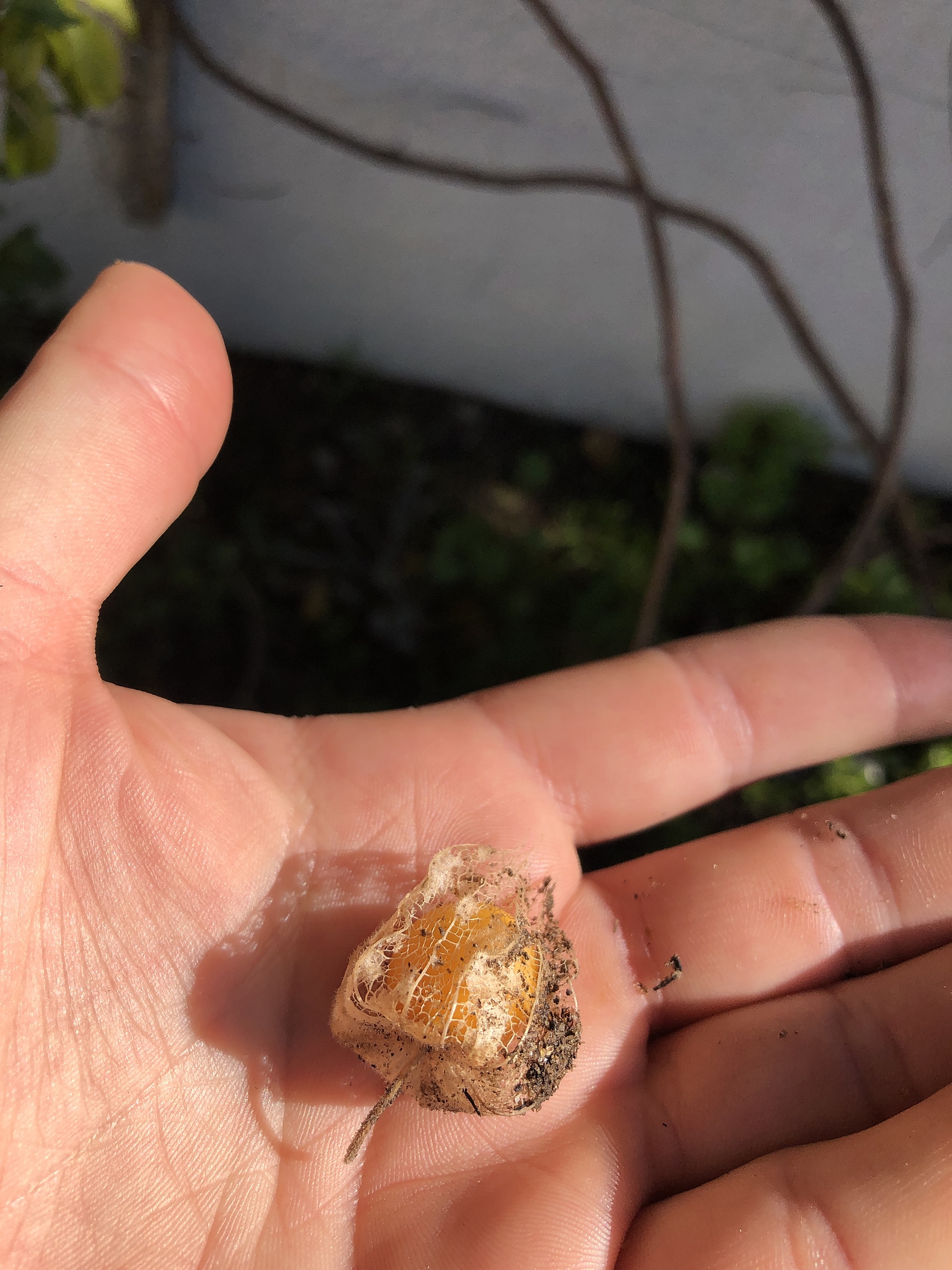
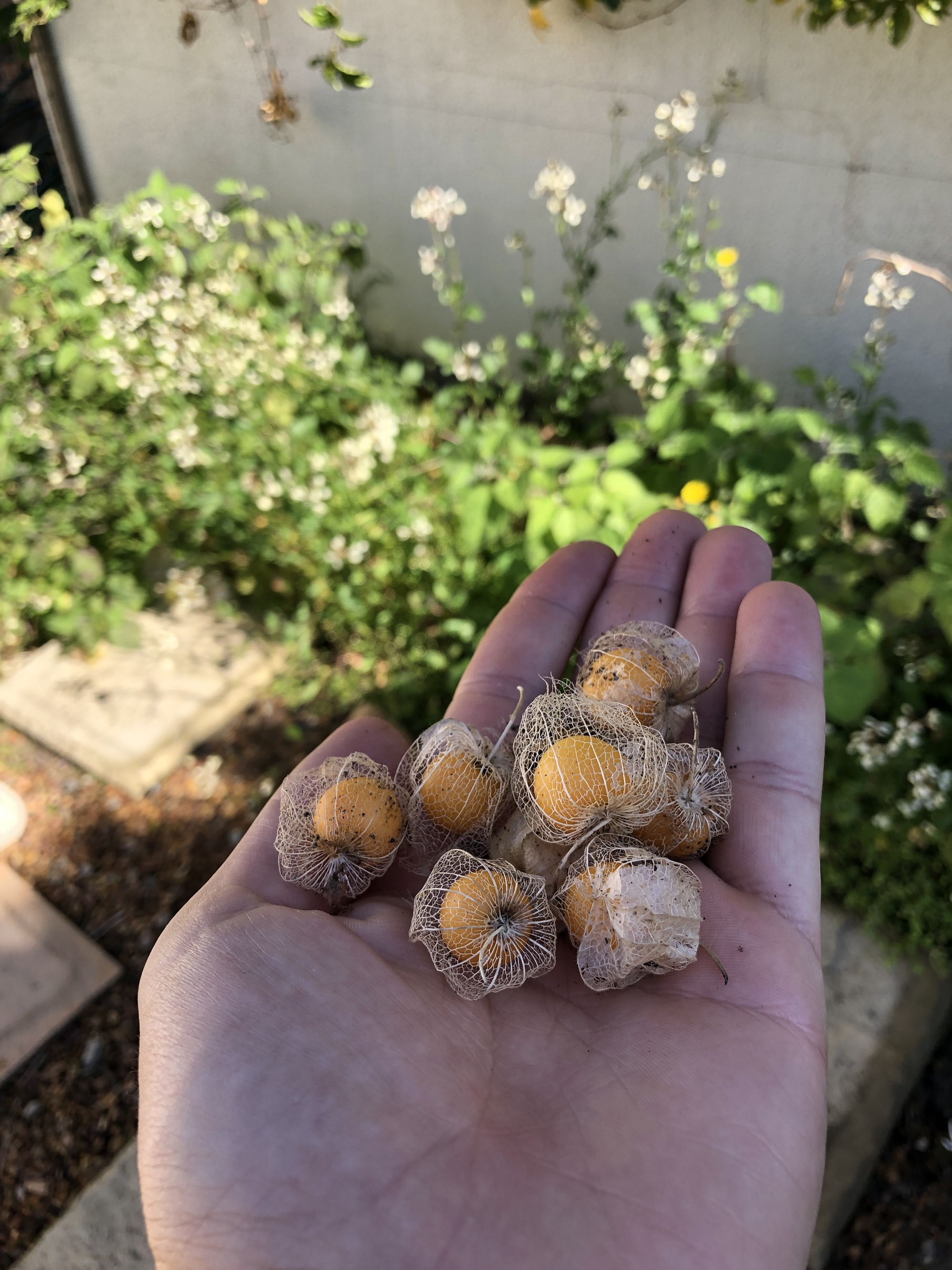
I let the chickweed grow over the fruits, and I found that this protected most of the berries from the birds and squirrels. I also planted various plants throughout my garden so as to "fool" the animals. This particular patch is left untouched. Even after this relatively "big" harvest, see how many fruits are still left on them.
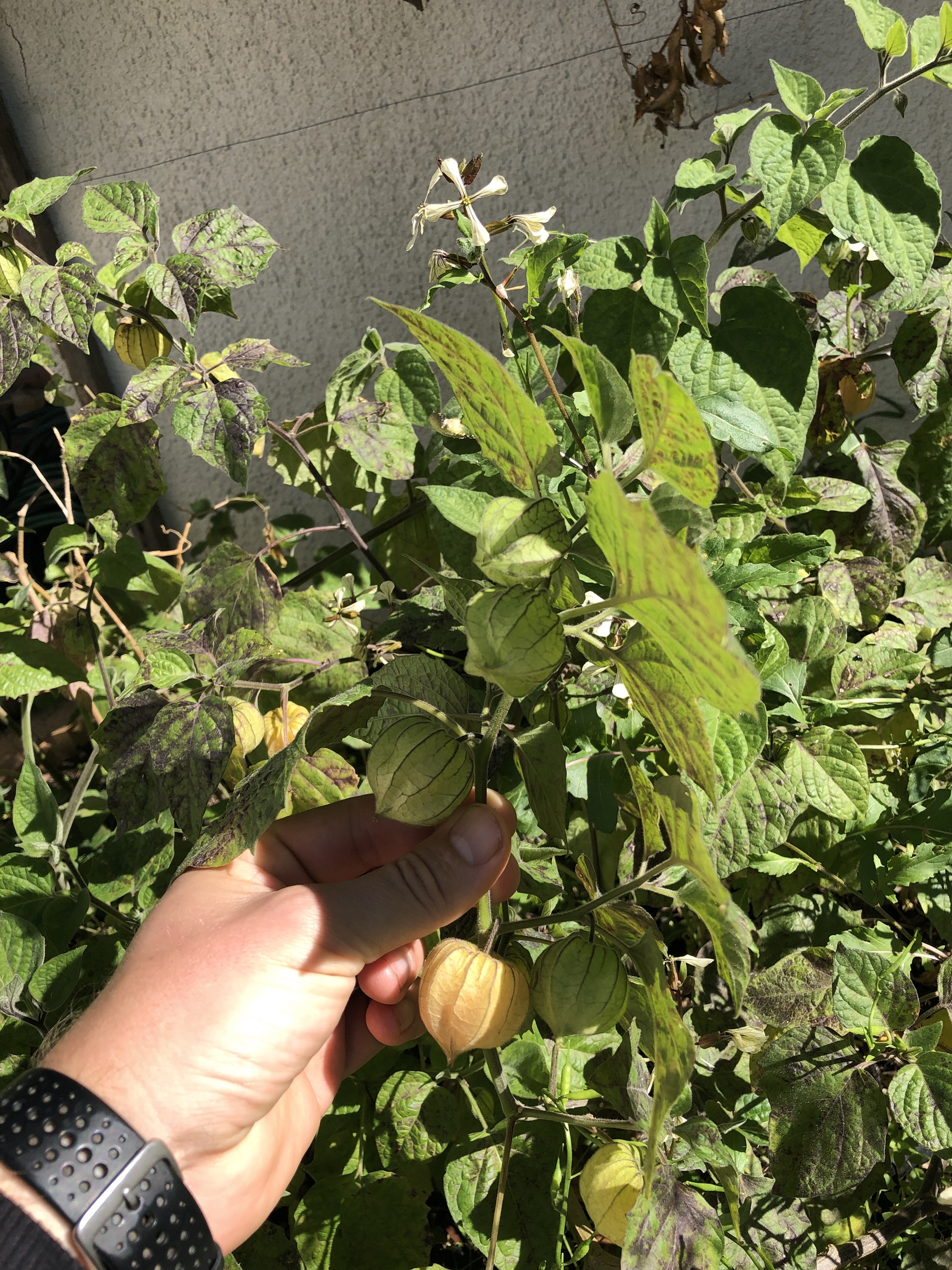
And the patch that survived. The leaves are not all that happy because this spot does not get that much sun, and we had lots of rain. The other patches around the garden that get more sun looks healthies, but all the fruit are "stolen" by the birds and squirrels.
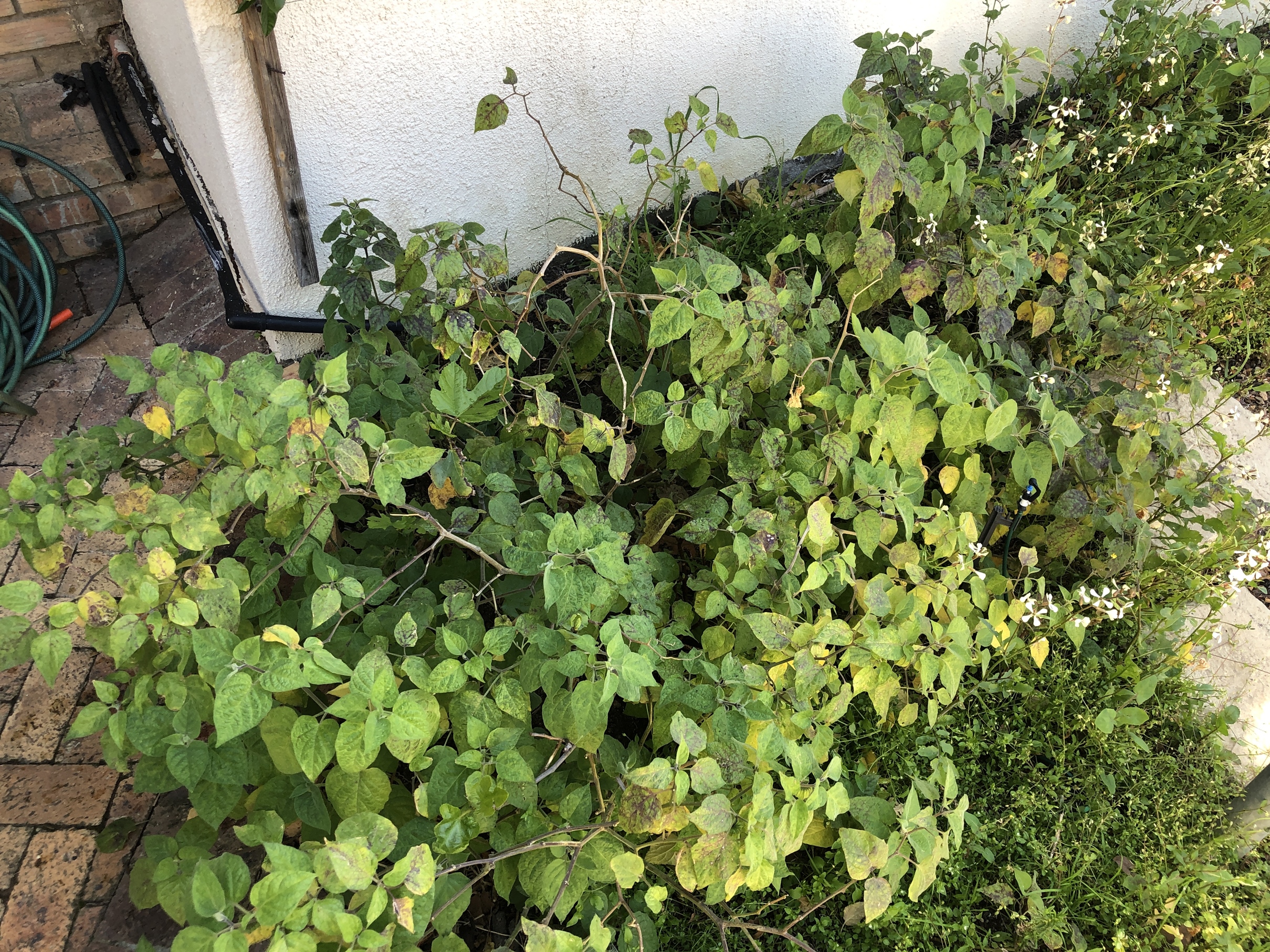
Saving seeds
It is important to save some of the seeds for the next patch to grow. The plant can be cut down and it will regrow again. I do this with some of the plants. But sometimes I just regrow a patch. The seeds have also gotten into my compost heap and thus spread throughout my garden.
It is very simple to harvest seeds and store them. Cut the fruit open, take a knife, and "scrape" the seeds out, and put them on a paper towel. The next morning they will have dried out and are ready to be planted.
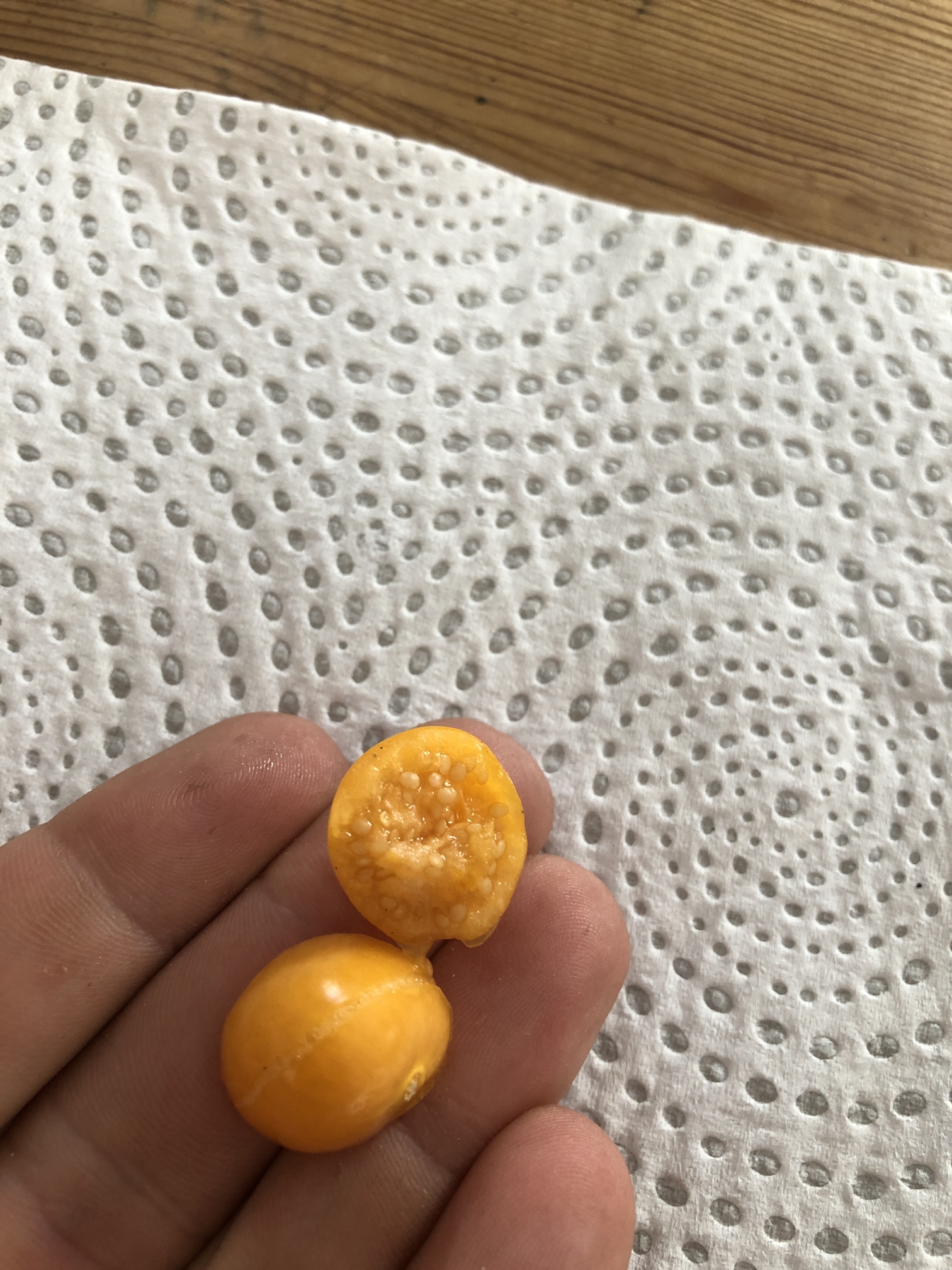
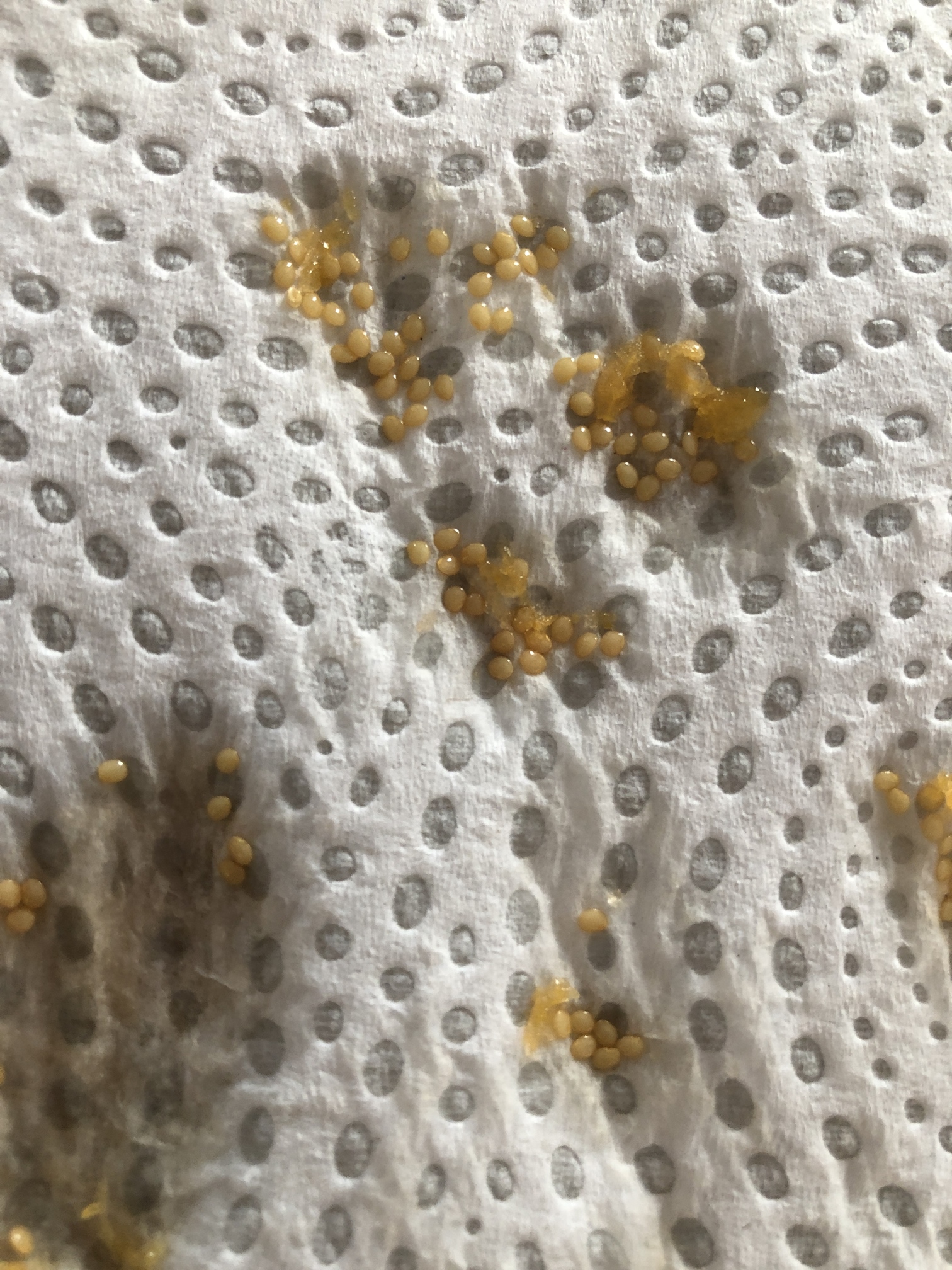
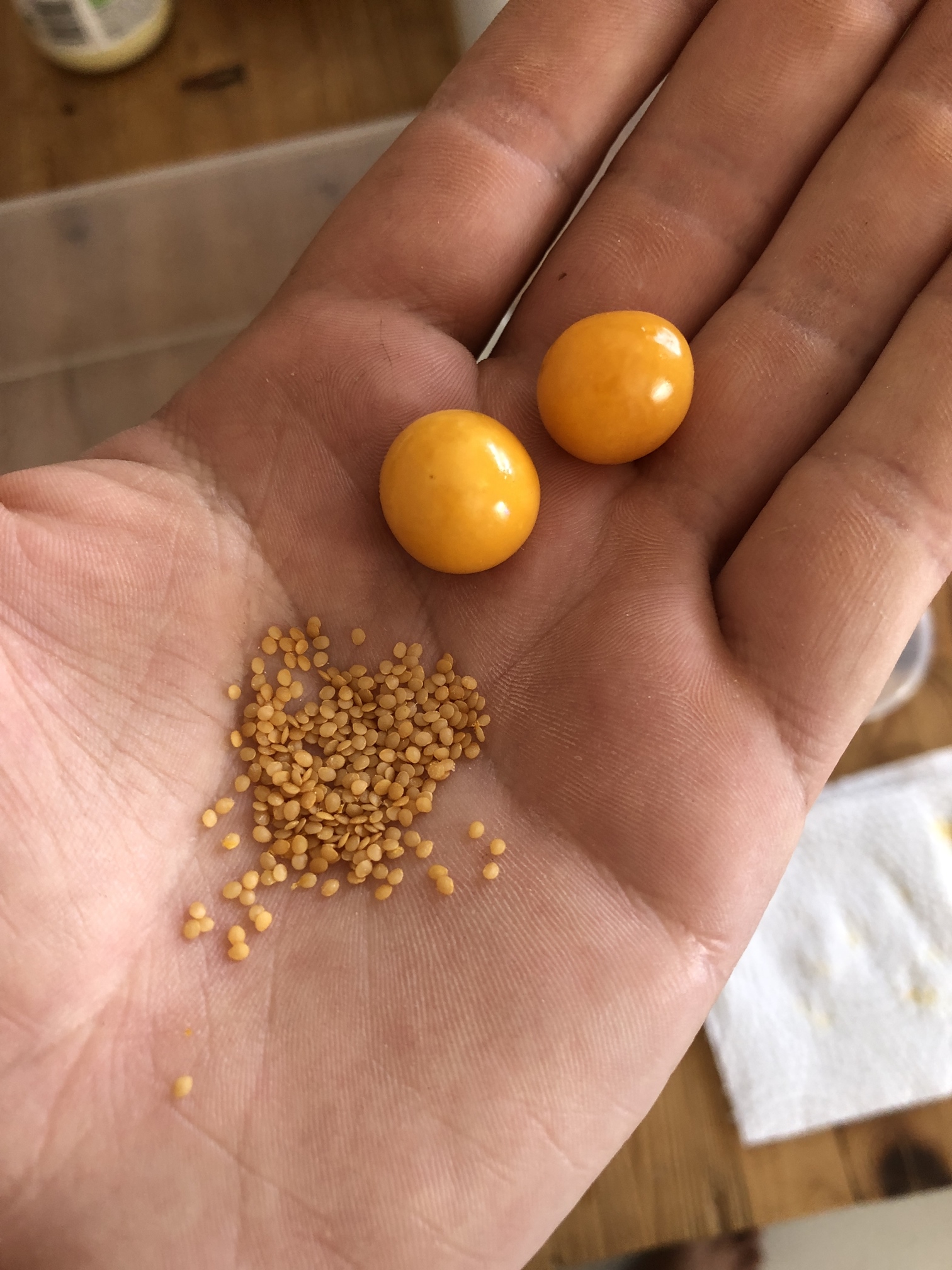
Planting new plants
As I said, these plants have spread throughout my garden. I actually see them as "weeds". But from time to time, I save the seedlings and plant new patches. Here I planted three new plants in the same area as the picture above (the one that has too much shade). I hope that they will produce some nice fruits!
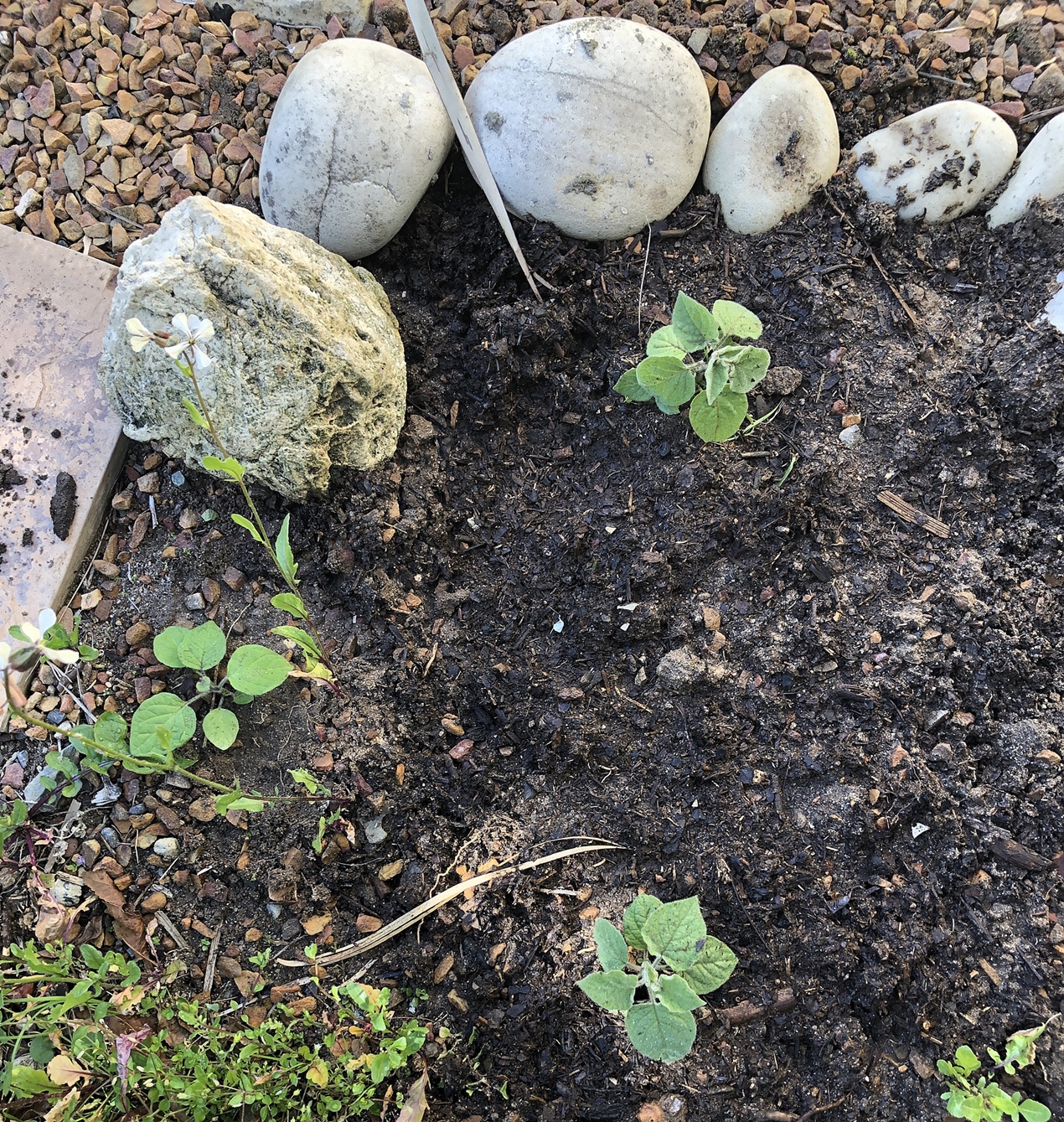
Connecting with Nature as Medicine
Scientifically we can measure so many things. But can we really measure the worth of gardening, seeing how plants grow, making your own compost, and harvesting the fruits of your labor? Again, this is a very philosophical question. I am not sure if there are answers. And I am not sure that we would ever be able to measure it. There are countless things that go into growing your own food and treating your mental health by getting connected to nature. And I do not know if we really do need an answer. All I know is that picking fruit, or harvesting a leaf, or seeing a flower bloom because you cared for it, made space for it to grow, or simply looked at it flourish, is something special and immeasurable.


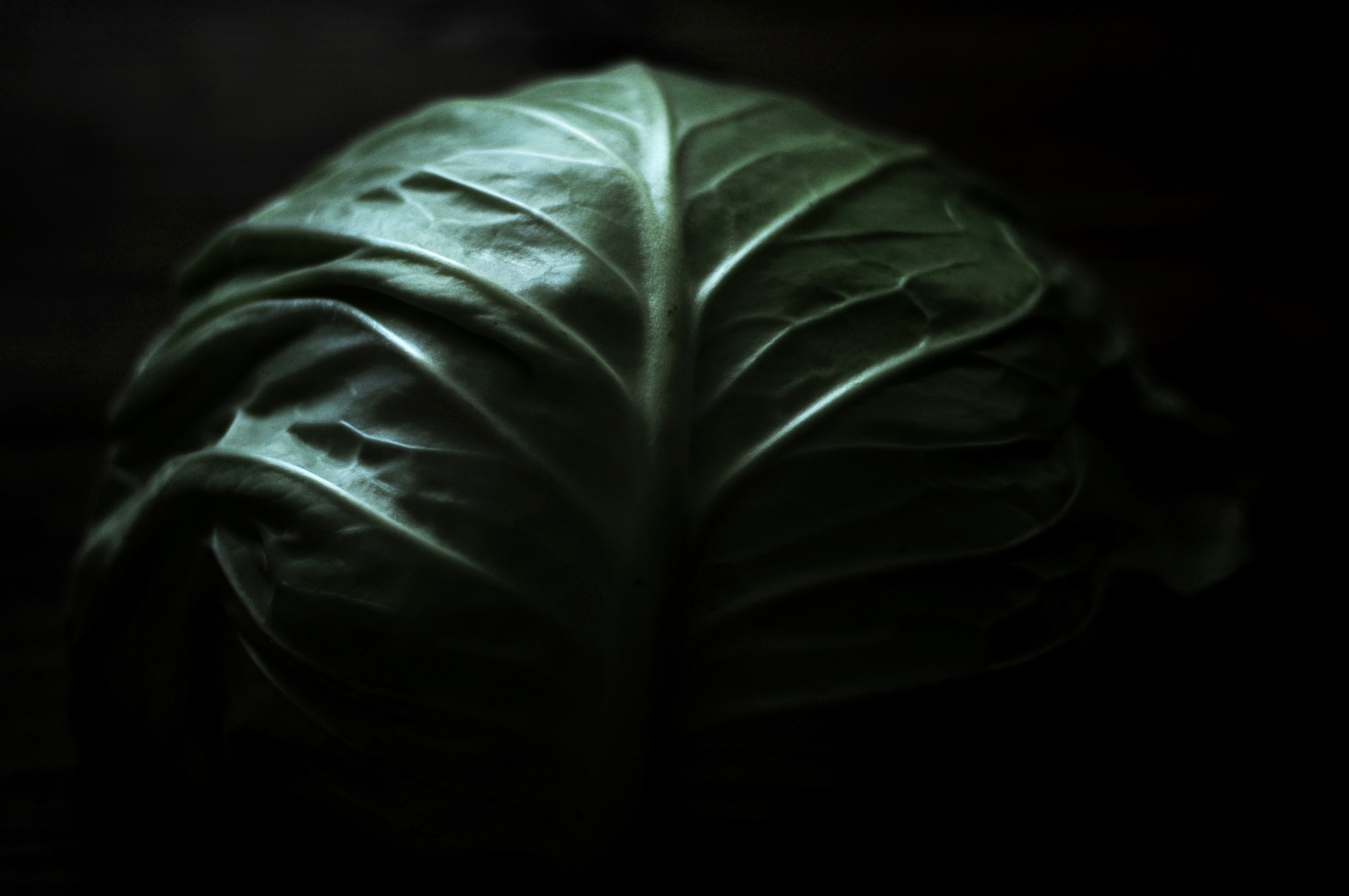

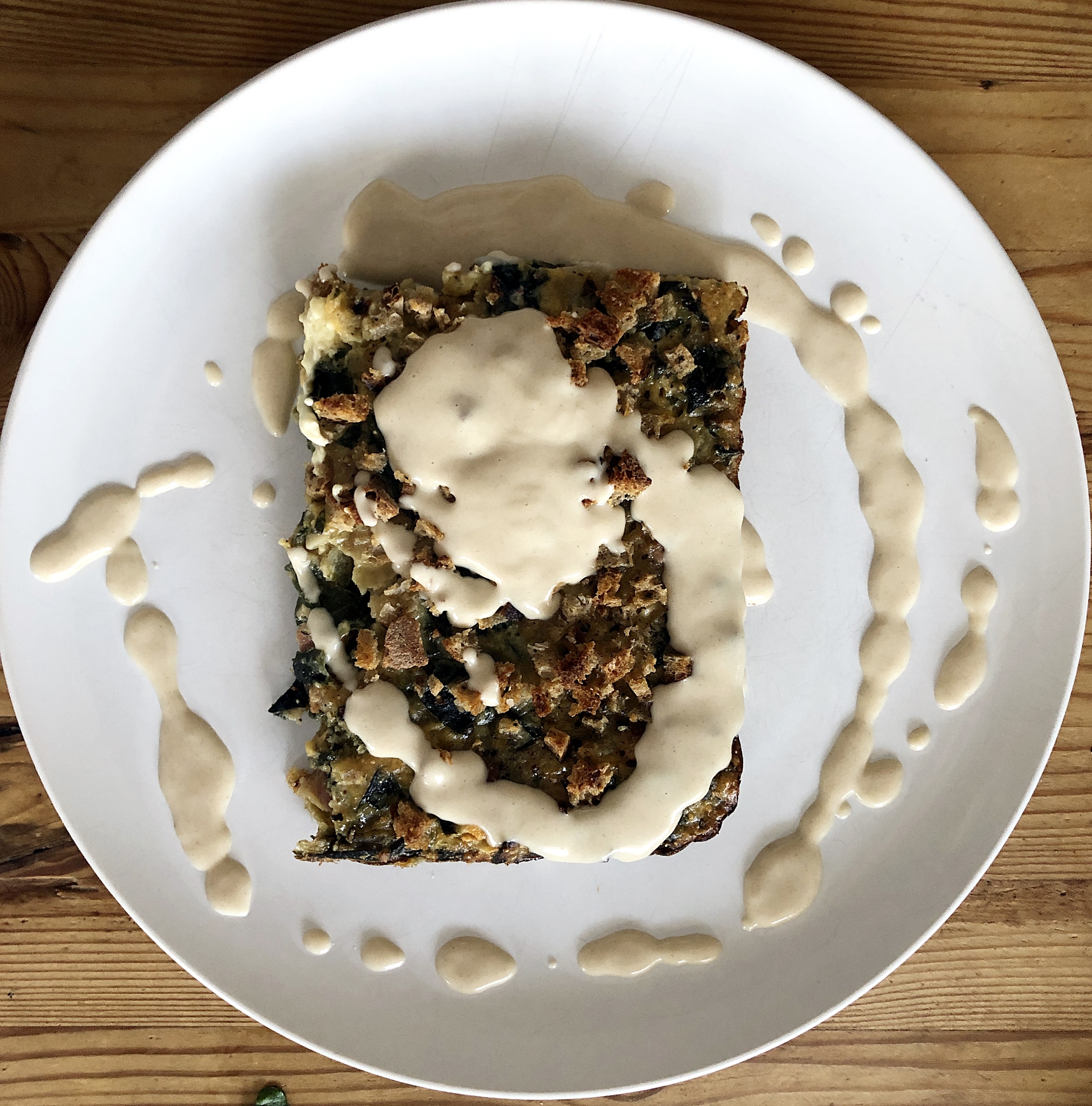

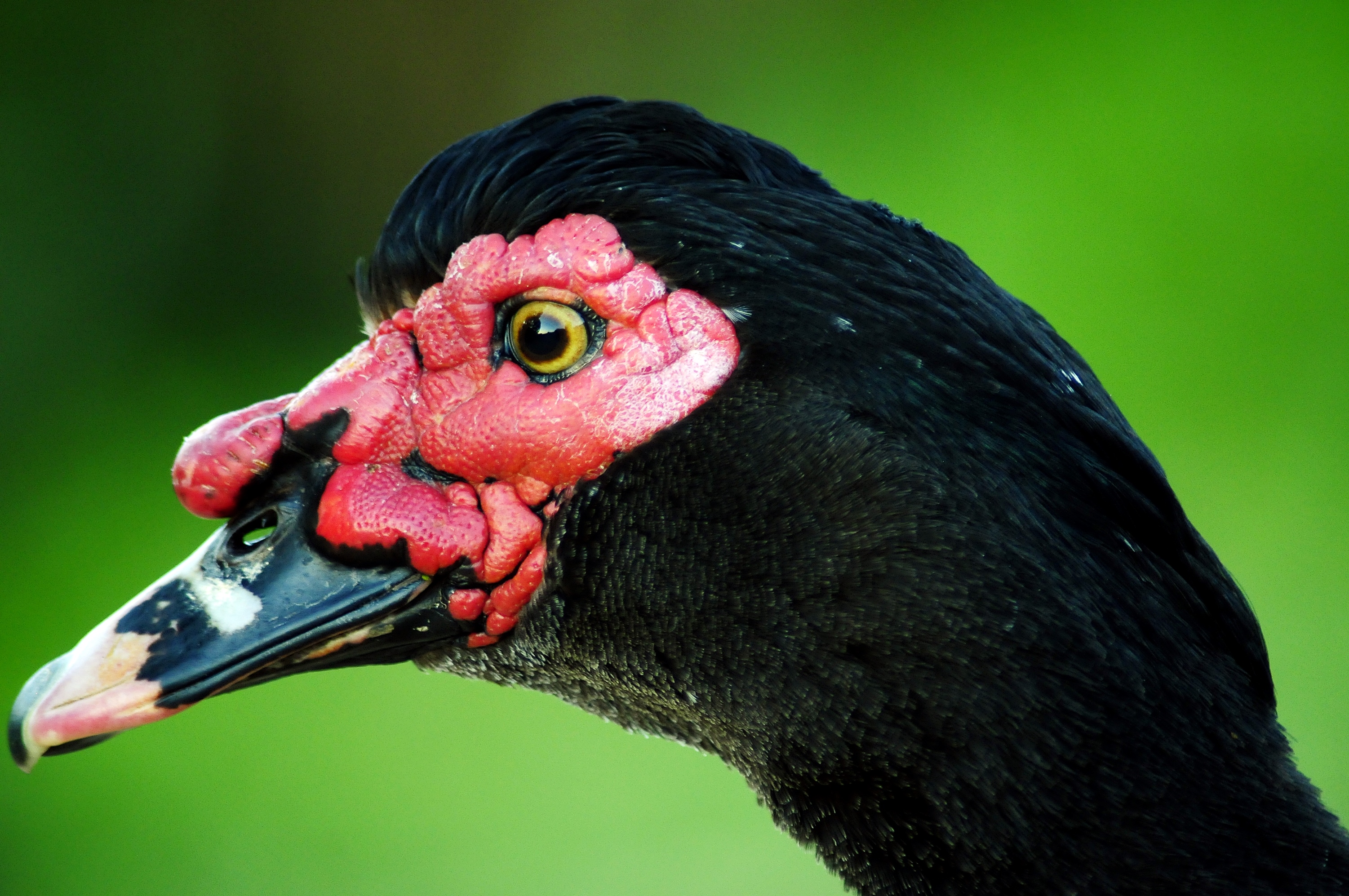

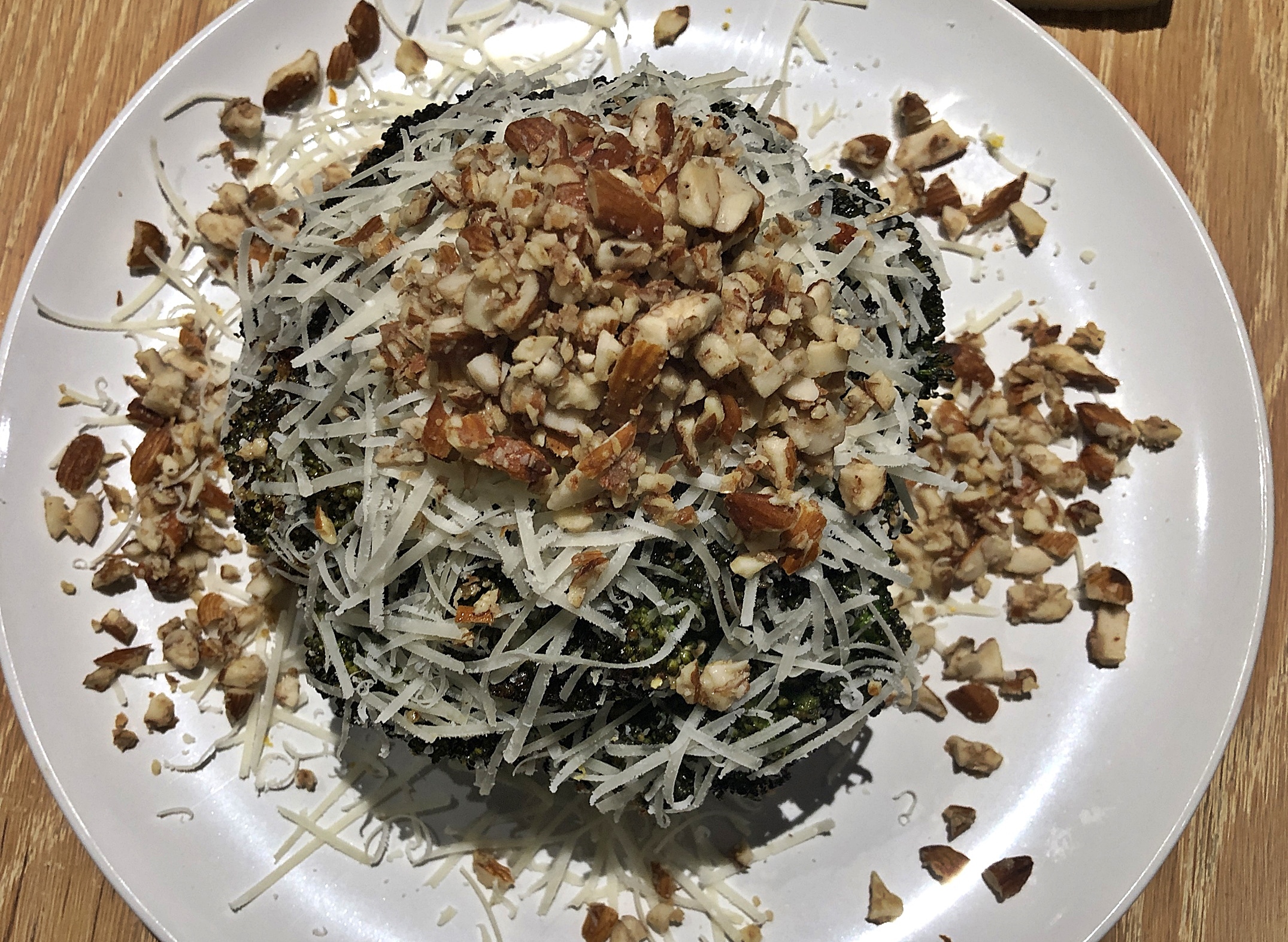
Comments